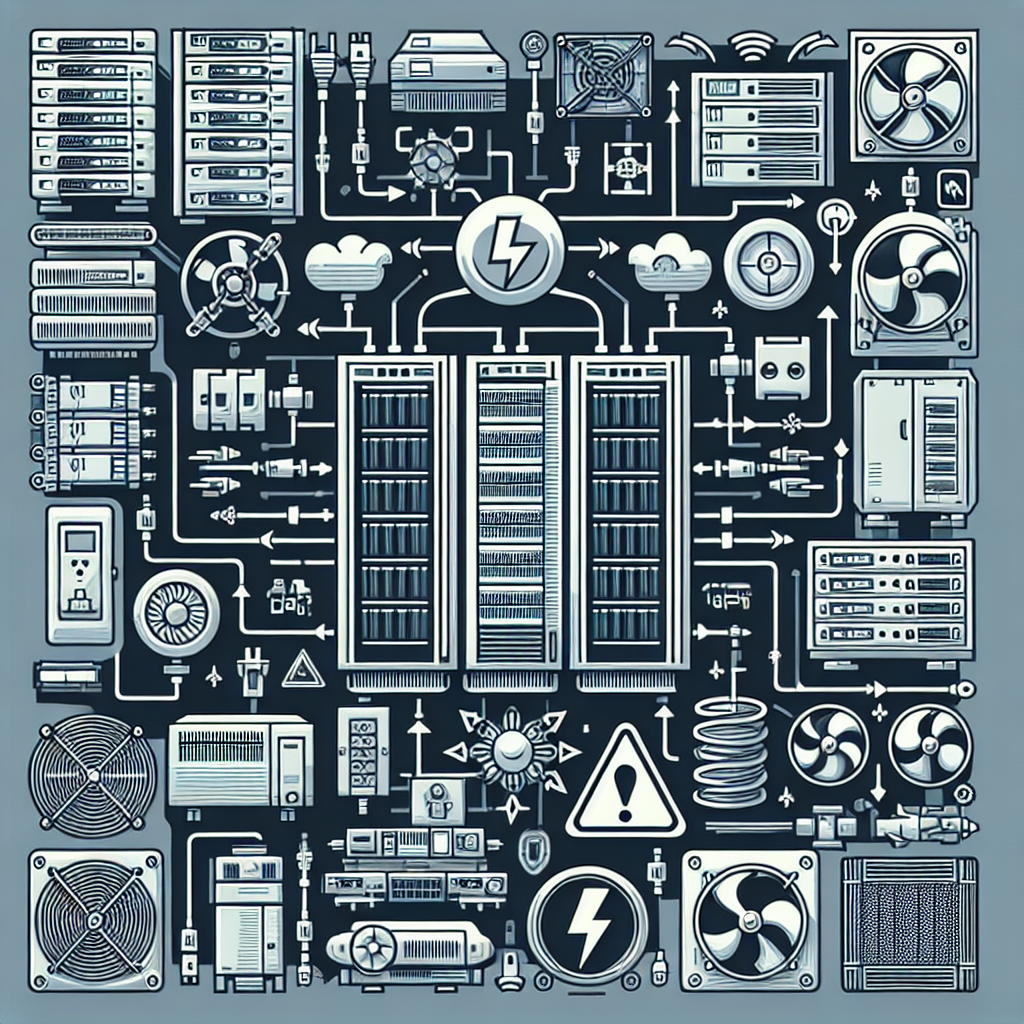Your cart is currently empty!
Key Components of Data Center Electrical Infrastructure

Data centers are the backbone of modern businesses, providing the necessary infrastructure to store, process, and manage large amounts of data. One of the key components of data center infrastructure is the electrical system, which ensures that servers and other equipment have a reliable source of power to operate efficiently.
There are several key components of data center electrical infrastructure that work together to provide a reliable and secure power supply. These components include:
1. Power Sources: Data centers typically have multiple power sources to ensure redundancy and minimize the risk of downtime. This may include utility power, backup generators, and uninterruptible power supply (UPS) systems. Utility power is the primary power source for data centers, while backup generators are used in case of power outages. UPS systems provide temporary power during the transition between utility power and backup generators.
2. Distribution Systems: Once power is generated, it needs to be distributed to the various servers and equipment within the data center. Distribution systems include transformers, switchgear, and distribution panels that regulate and control the flow of electricity. Transformers are used to step up or step down the voltage as needed, while switchgear and distribution panels help route power to the appropriate areas.
3. Power Distribution Units (PDUs): PDUs are devices that distribute power to individual servers and equipment within the data center. They provide a centralized point for power distribution and monitoring, allowing data center operators to track power usage and manage energy consumption effectively.
4. Redundancy and Resilience: Redundancy is a critical aspect of data center electrical infrastructure to ensure continuous power supply in case of equipment failure or power outages. Redundant systems, such as backup generators and UPS systems, are essential to maintaining uptime and preventing data loss.
5. Monitoring and Management: Data center operators use monitoring and management systems to track power usage, temperature, and other critical metrics within the facility. These systems provide real-time data to help operators identify potential issues before they escalate, ensuring the smooth operation of the data center.
In conclusion, the electrical infrastructure of a data center is a critical component that ensures the reliable and continuous operation of servers and equipment. By incorporating redundant systems, monitoring tools, and proper distribution systems, data center operators can minimize the risk of downtime and ensure that the facility runs efficiently. As data centers continue to grow in complexity and size, it is essential to invest in a robust electrical infrastructure to support the demands of modern business operations.

Leave a Reply